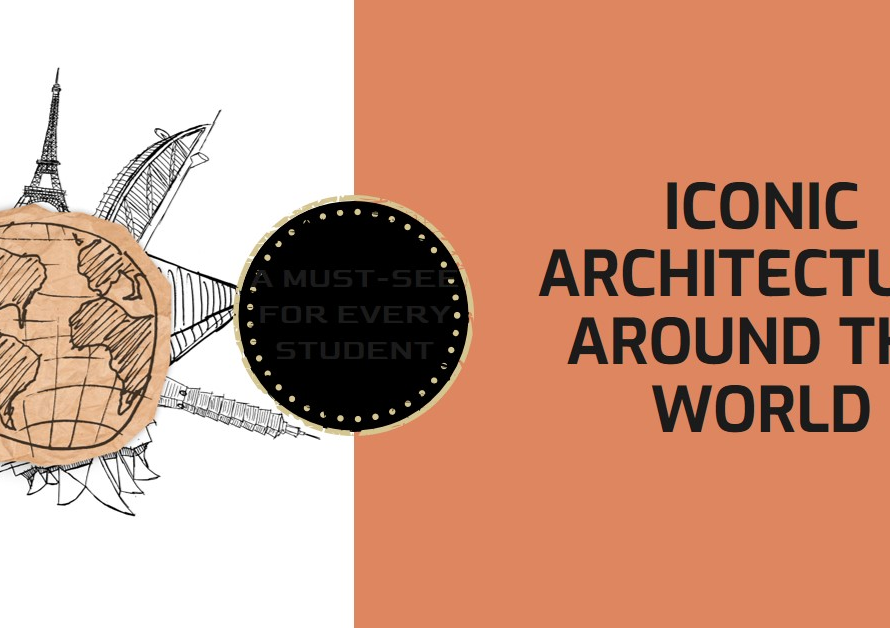
Table of Contents
- Introduction: A Legacy of Innovation
- The Foundation: A Curriculum Rooted in Sustainability
- Interdisciplinary Learning: Bridging Multiple Disciplines
- Hands-On Experience: Learning Beyond the Classroom
- Innovative Research: Pushing the Boundaries of Knowledge
- Community Engagement: Building Strong Partnerships
- Global Perspective: Addressing Worldwide Challenges
- Career Preparation: Equipping Students for Success
- A Commitment to Excellence: Looking to the Future
- Conclusion: A Beacon of Sustainability
Introduction: A Legacy of Innovation
The University of Oregon (UO) has long been at the forefront of integrating sustainability into higher education. With a robust Environmental Design Program, UO continues to set the standard for training future leaders in sustainable design. This program is not just an academic pursuit; it is a commitment to creating a more sustainable world.
Established to address the growing need for environmentally conscious design, UO’s Environmental Design Program emphasizes interdisciplinary learning, hands-on experience, and innovative research. The program’s comprehensive approach ensures that students are well-equipped to tackle the environmental challenges of today and tomorrow.
The Foundation: A Curriculum Rooted in Sustainability
The Environmental Design Program at UO offers a curriculum that blends theoretical knowledge with practical application. Students begin with foundational courses in environmental science, design principles, and sustainability. These courses provide the necessary background to understand the complex relationships between human activities and the environment.
Advanced courses delve deeper into specialized topics such as sustainable architecture, urban planning, and environmental policy. This progressive structure allows students to develop a nuanced understanding of environmental design, preparing them for a variety of career paths in the field.
Interdisciplinary Learning: Bridging Multiple Disciplines
One of the key strengths of UO’s Environmental Design Program is its interdisciplinary approach. The program encourages collaboration between departments such as architecture, landscape architecture, planning, public policy, and environmental science. This cross-pollination of ideas fosters innovative solutions to environmental challenges.
Students are exposed to diverse perspectives, enhancing their ability to think critically and creatively. This interdisciplinary education is crucial in preparing graduates to work in complex, multi-faceted environments where they can draw on a broad range of skills and knowledge.
Hands-On Experience: Learning Beyond the Classroom
UO places a strong emphasis on experiential learning. Through internships, fieldwork, and design studios, students gain practical experience that complements their academic studies. These opportunities allow students to apply their knowledge in real-world settings, working on projects that have tangible impacts.
Design studios, in particular, are a cornerstone of the program. These collaborative environments simulate professional practice, challenging students to solve design problems with sustainability in mind. The hands-on experience gained through these studios is invaluable in preparing students for successful careers in environmental design.
Innovative Research: Pushing the Boundaries of Knowledge
Research is a critical component of the Environmental Design Program at UO. Faculty and students are actively engaged in cutting-edge research projects that explore new frontiers in sustainability. This research not only contributes to the academic community but also has practical applications in the field.
UO’s research initiatives cover a wide range of topics, from sustainable building materials and energy-efficient design to climate change mitigation and resilient urban planning. By pushing the boundaries of knowledge, the program continually advances the field of environmental design.
Community Engagement: Building Strong Partnerships
The Environmental Design Program at UO is deeply committed to community engagement. The program collaborates with local governments, non-profit organizations, and industry partners to address environmental issues at the community level. These partnerships provide students with opportunities to work on meaningful projects that benefit society.
Community engagement also helps to ensure that the program’s research and educational activities are relevant and impactful. By working closely with stakeholders, UO can address real-world challenges and make a positive difference in the community.


Global Perspective: Addressing Worldwide Challenges
Sustainability is a global issue, and UO’s Environmental Design Program takes a global perspective in its approach. The program offers opportunities for students to study abroad, participate in international research projects, and engage with global experts in the field.
This global perspective broadens students’ horizons and prepares them to address environmental challenges on an international scale. By understanding different cultural and environmental contexts, graduates are better equipped to develop sustainable solutions that are effective and inclusive.
Career Preparation: Equipping Students for Success
UO’s Environmental Design Program is dedicated to preparing students for successful careers in the field. The program offers comprehensive career services, including resume workshops, interview preparation, and job placement assistance. These resources help students transition smoothly from academia to the professional world.
Alumni of the program have gone on to work in a variety of roles, including sustainable architects, urban planners, environmental consultants, and policy makers. The program’s strong reputation and extensive network of industry connections provide graduates with a competitive edge in the job market.
A Commitment to Excellence: Looking to the Future
The Environmental Design Program at the University of Oregon is committed to excellence in education, research, and community service. As the program continues to grow and evolve, it remains focused on its mission to train the next generation of leaders in sustainable design.
Looking to the future, UO aims to expand its curriculum, enhance its research capabilities, and strengthen its community partnerships. By staying at the cutting edge of environmental design, the program will continue to make significant contributions to the field and to society as a whole.
Conclusion: A Beacon of Sustainability
In conclusion, the Environmental Design Program at the University of Oregon is a beacon of sustainability in higher education. With its comprehensive curriculum, interdisciplinary approach, hands-on experience, innovative research, community engagement, global perspective, and career preparation, the program offers unparalleled opportunities for students.
As environmental challenges continue to grow, the need for skilled professionals in sustainable design has never been greater. UO’s Environmental Design Program is uniquely positioned to meet this need, training future leaders who will make a lasting impact on the world.


